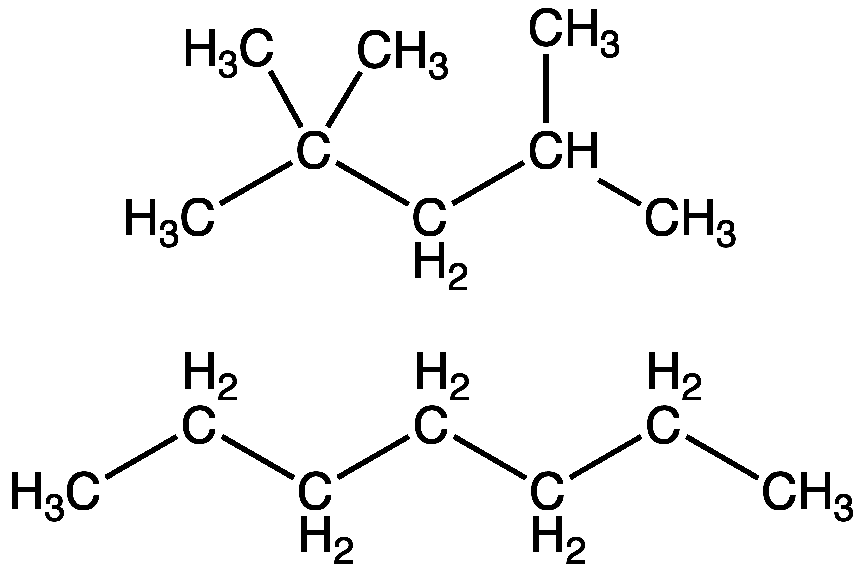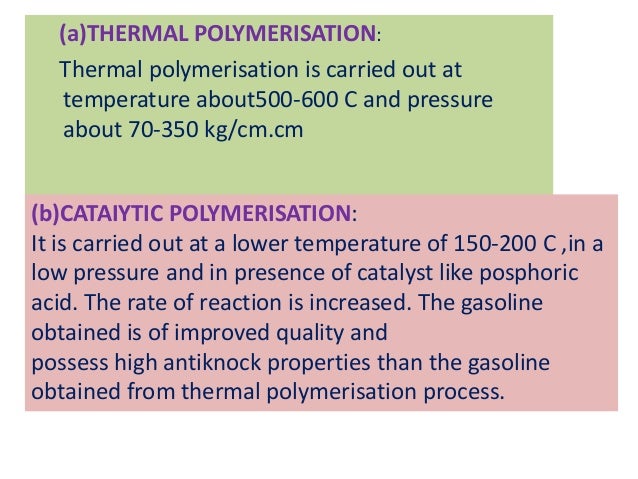Efficiency of diesel


The cetane number of diesel oil may be defined as the percentage of cetane in a mixture of cetane and Alpha methyl naphathalene which will have the same ignition characteristics as the fuel under test, under the set of conditions
n-alkane>naphathalene>alkene>branched alkanes>aromatics.
Cetane number can be increased by adding ethyl nitrate,isoamyl nitrate,acetone etc.
Induction Lag
The internal between the start of fuel injection and its ignition is termed as ignition delay or induction lag.
Greater is the induction lag,higher is the diesel knock.


The cetane number of diesel oil may be defined as the percentage of cetane in a mixture of cetane and Alpha methyl naphathalene which will have the same ignition characteristics as the fuel under test, under the set of conditions
n-alkane>naphathalene>alkene>branched alkanes>aromatics.
Cetane number can be increased by adding ethyl nitrate,isoamyl nitrate,acetone etc.
Induction Lag
The internal between the start of fuel injection and its ignition is termed as ignition delay or induction lag.
Greater is the induction lag,higher is the diesel knock.






































